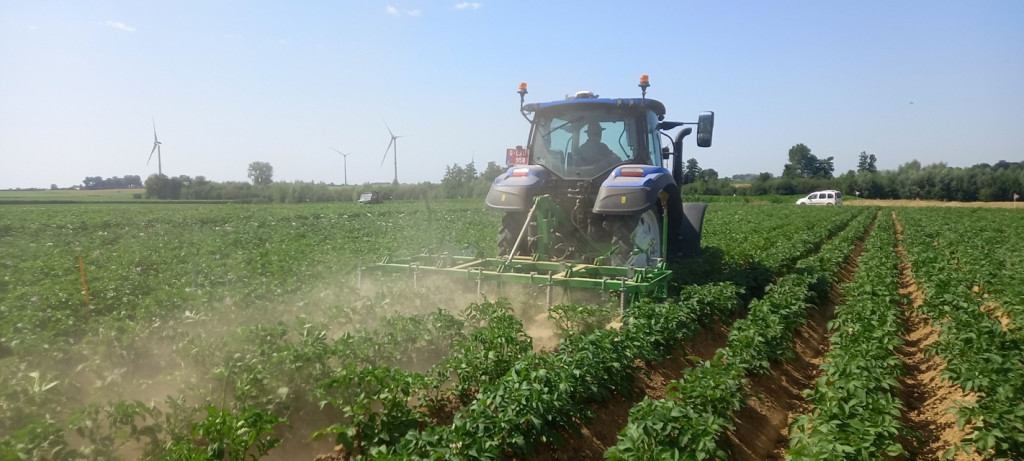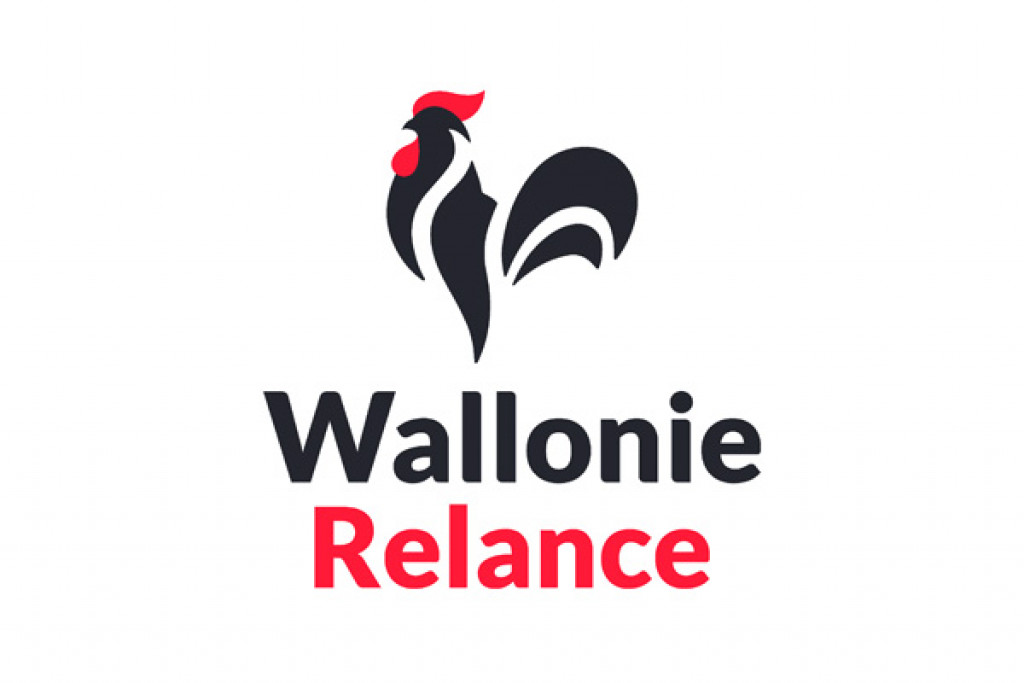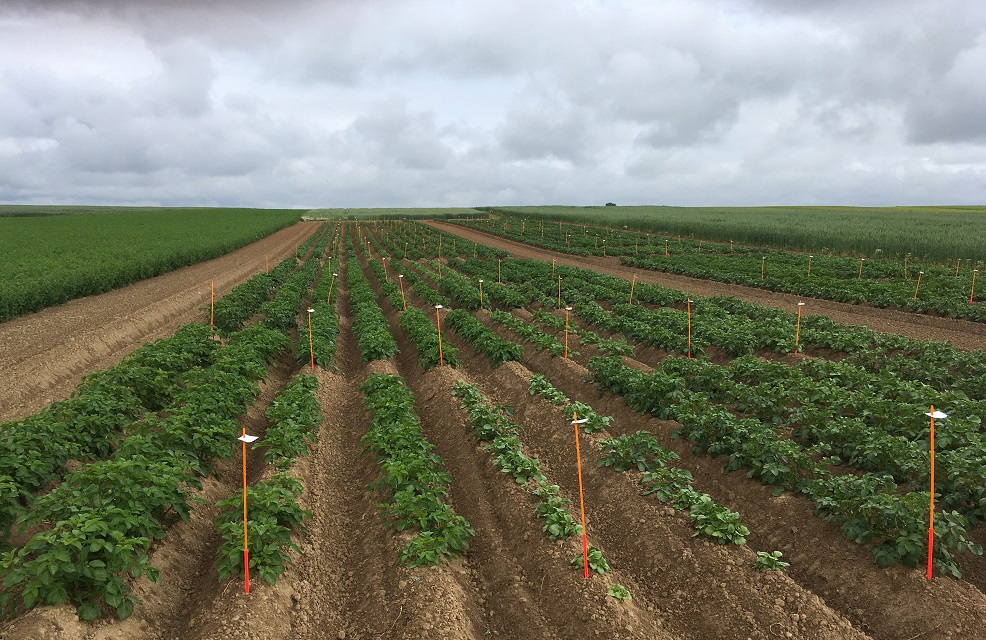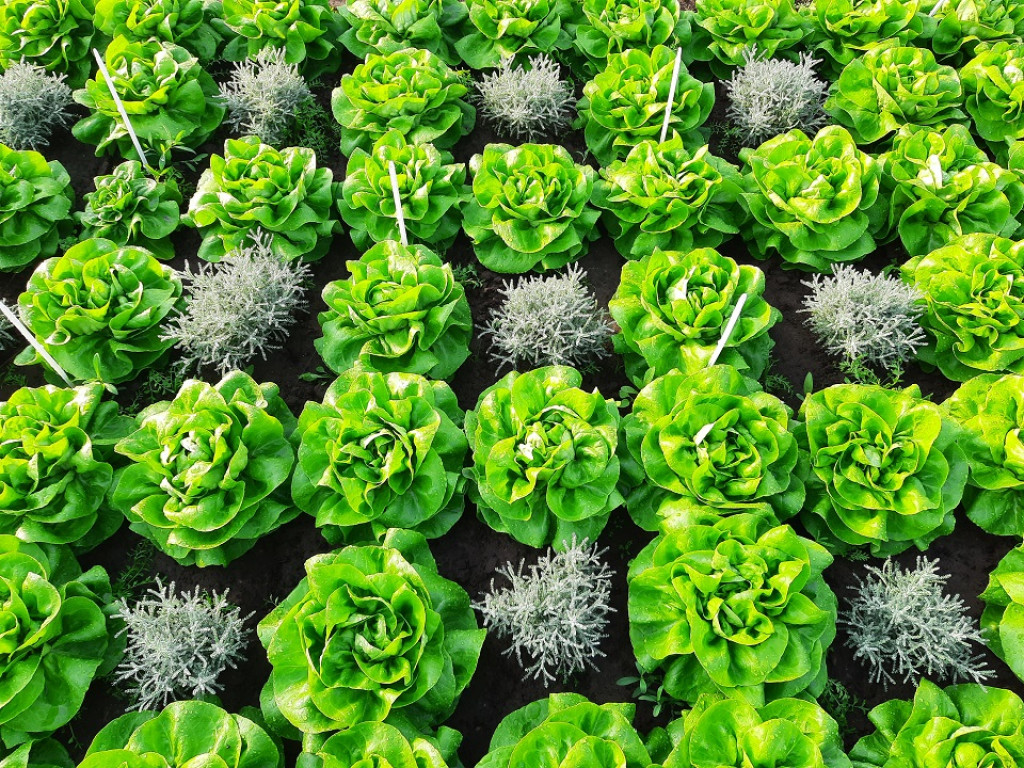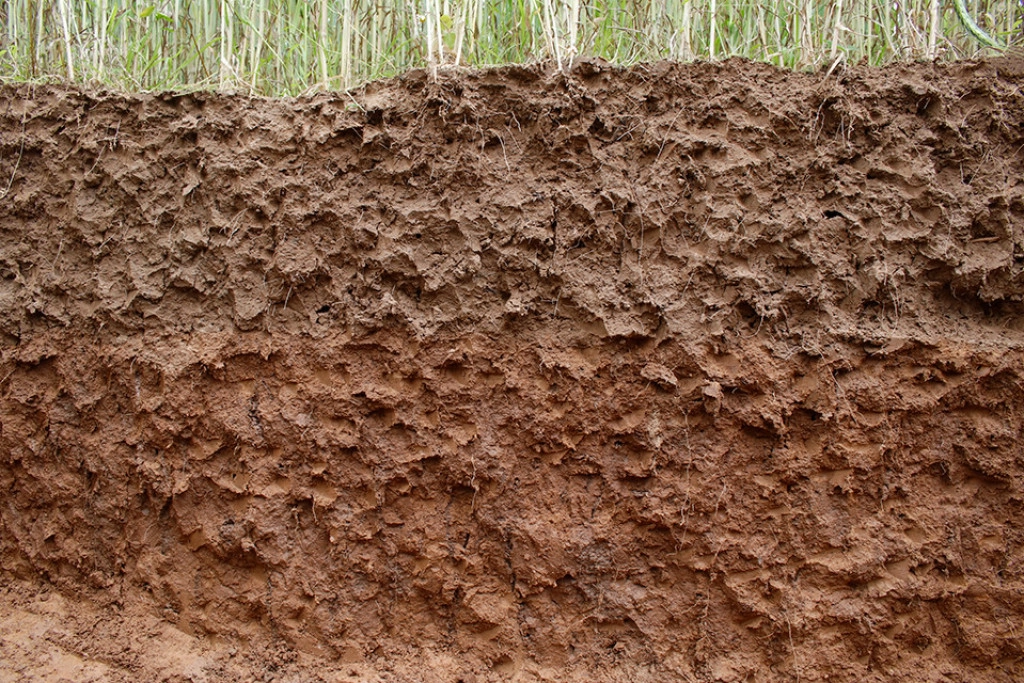In the first phase, the project, in partnership with FIWAP, aimed to study existing levers and techniques for reducing inputs, and then combine them to achieve an effective reduction of up to 75% in potato cultivation.
In this final year of the project, two reduced-input itineraries, one intermediate and one extreme, were installed on two sites and compared with a conventional itinerary testing the Fontane variety. The levers and techniques used in these low-input itineraries include the reduction of fungal treatments and nitrogen fertilisation through the use of more robust varieties, the use of combined weeding (chemical weeding on the top in pre-emergence and mechanical weeding on the side of the mounds), the reduction of insecticides through the use of beetle brooms, and the adoption of alternative haulm destruction methods such as electric haulm destruction or leaf tips.
The project demonstrated that, under conditions of reduced intermediate inputs, it is technically possible to produce potatoes on a large scale while remaining economically viable. Furthermore, life-cycle analyses confirmed a positive environmental impact. The reduction in inputs obtained in this intermediate itinerary is as follows: 13% for fungal treatments, 74% for herbicides, 30% for nitrogen fertilisation, and a total reduction of 100% for haulm destruction and the use of insecticides against CPB.
On the other hand, although an extreme reduction in inputs is more advantageous from an environmental point of view and technically feasible, it is not currently economically viable.
Looking ahead, it is imperative to continue optimising these itineraries so as to balance environmental objectives with economic viability. Further research could focus on the integration of innovative technologies, such as more efficient weeding tools or precision fertilisation solutions, as well as the adoption of high-performance agroecological practices that could help to offset the observed drop in yield.

Financing: Walloon Recovery Plan (PRW)

